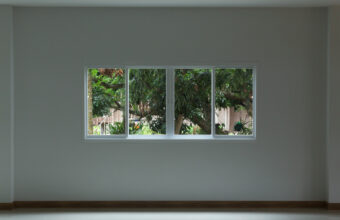Determining the percentage of tint on your windows can be done using a tint meter, which measures the amount of light passing through the window. However, tint meters are typically used by professionals and law enforcement agencies.
If you don’t have access to a tint meter, you can estimate the percentage of tint by comparing the darkness of your windows to samples of tint with known percentages.
Here are some general guidelines to help you estimate the percentage of tint…
- Visual Comparison – Compare the darkness of your tinted windows to samples of tint with known percentages. Hold the samples up to your windows and observe how they compare in terms of darkness. Choose the sample that closely matches the darkness of your tinted windows to estimate the percentage.
- Light Transmission – If you have access to a light source, such as a flashlight or sunlight, you can measure the amount of light passing through the tinted windows. Shine the light through the window and observe the amount of light that passes through compared to untinted glass. Use your observations to estimate the percentage of tint.
- Manufacturer Information – Check the manufacturer’s specifications or documentation for your tinted windows, if available. Some manufacturers may provide information about the percentage of tint applied to the windows.
- Professional Inspection – If you’re unsure about the percentage of tint on your windows or need an accurate measurement for legal or regulatory purposes, consider consulting with a professional tinting company or law enforcement agency. They may have the equipment and expertise to measure the tint percentage accurately.
Keep in mind that these methods provide estimates and may not be as precise as using a tint meter. Local regulations may dictate the allowable percentage of tint on vehicle windows, so it’s essential to ensure compliance with the law.






